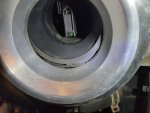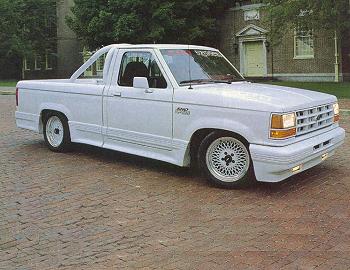- Joined
- Feb 8, 2022
- Messages
- 2,115
- Points
- 101
- City
- Saint Paul, MN
- Vehicle Year
- 2003
- Transmission
- Automatic
Wonderful work here. It got me to thinking. I'm wondering which is better: a supercharged vulcan or a larger engine.
I would imagine that a supercharger is a great way to boost performance without adding weight. Weight seems to be especially relevant with pickups which tend to be front end heavy>
On the other hand, the supercharger costs $2K without factoring in the cost of all of the other ancillary parts. It may save on mileage, but never really pay for itself.
Would it be better to just swap engines and suffer poor weight distribution?
I would imagine that a supercharger is a great way to boost performance without adding weight. Weight seems to be especially relevant with pickups which tend to be front end heavy>
On the other hand, the supercharger costs $2K without factoring in the cost of all of the other ancillary parts. It may save on mileage, but never really pay for itself.
Would it be better to just swap engines and suffer poor weight distribution?














